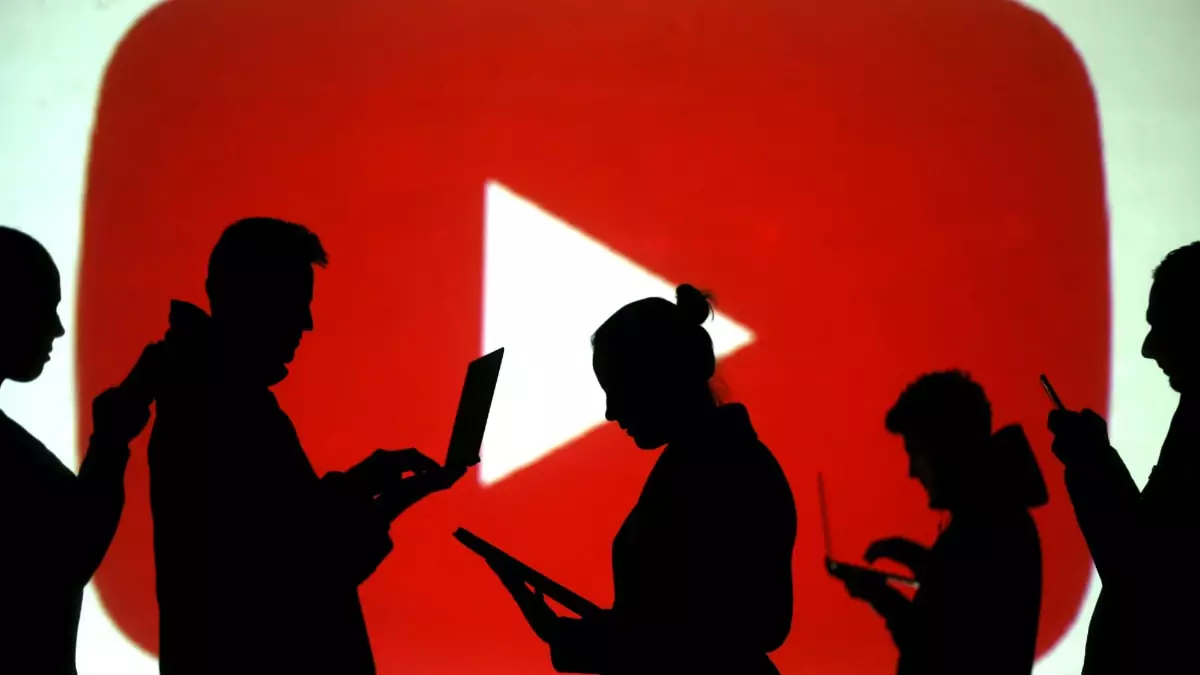Australia’s eSafety Commissioner, Julie Inman Grant, has ignited a significant dialogue regarding the protection of minors in the digital landscape. Her recent advocacy for reversing YouTube’s exemption from a social media ban targeting users under 16 sheds light on the urgent need for consistency in online regulations. This issue highlights the discrepancies in how various social media platforms are treated under existing legislation, sparking conversations about the responsibility that tech companies hold in safeguarding vulnerable populations.
Inman Grant’s statements underscore the alarming reality that YouTube, as the most accessed social media platform among young Australians, has a troubling reputation when it comes to the content consumed by its young audience. With revelations that it serves as a hub for harmful material—ranging from misogyny and hate speech to disturbing online challenges and unhealthy lifestyle portrayals—there’s an undeniable urgency in addressing the regulation gap. Interestingly, Inman Grant was candid in expressing her surprise at YouTube’s initial exemption, suggesting a lack of foresight in policy planning.
The Dilemma of Unequal Treatment
The preferential treatment of YouTube compared to other platforms like Facebook, TikTok, and Snapchat raises legitimate questions about the fairness of governmental decisions in regulating social media. Competitors have voiced grievances about what they perceive to be an unbalanced regulation framework that favors YouTube, especially as reports emerged indicating that governmental assurances were made to YouTube’s leadership prior to any formal discussions on exemptions. This revelation not only emphasizes potential biases in policy-making but also jeopardizes the trust relationship necessary between regulators and digital platforms.
The crux of Inman Grant’s argument lies in the demand for rules that are “fair, consistent, and proportional.” By seeking to withdraw YouTube’s exemption, she champions a level regulatory playing field where all platforms are accountable for the content they disseminate. Here, the significance of implementing stringent measures cannot be overstated, particularly in an age where digital natives are frequently exposed to content that can influence their psychological well-being and societal beliefs.
Amplifying Awareness and Responsibility
The discourse initiated by Inman Grant also serves as a wake-up call to social media companies. It’s vital that platforms do not only fulfill the legal requirements of content regulation, but also embrace a broader social responsibility. The harmful content such as violent challenges and disparaging material invites a critical examination of how algorithms shape user experiences. The expectation that tech giants act ethically and proactively in curbing harmful behaviors online should no longer be negotiable.
Inman Grant’s candid remarks can potentially catalyze a shift towards more responsible algorithms and proactive moderation policies. As the government and tech entities navigate this intricate landscape, it becomes imperative to focus on safeguarding the mental health and safety of young users. An equitable regulatory environment, aligned with cutting-edge research and competent oversight, could pave the way for a safer digital experience, ultimately empowering the youth rather than endangering them.
The dialogue surrounding these issues is just beginning, and as we listen to the concerns raised by regulators, it becomes clear that addressing the influence of social media on young lives must be a priority for all stakeholders.

